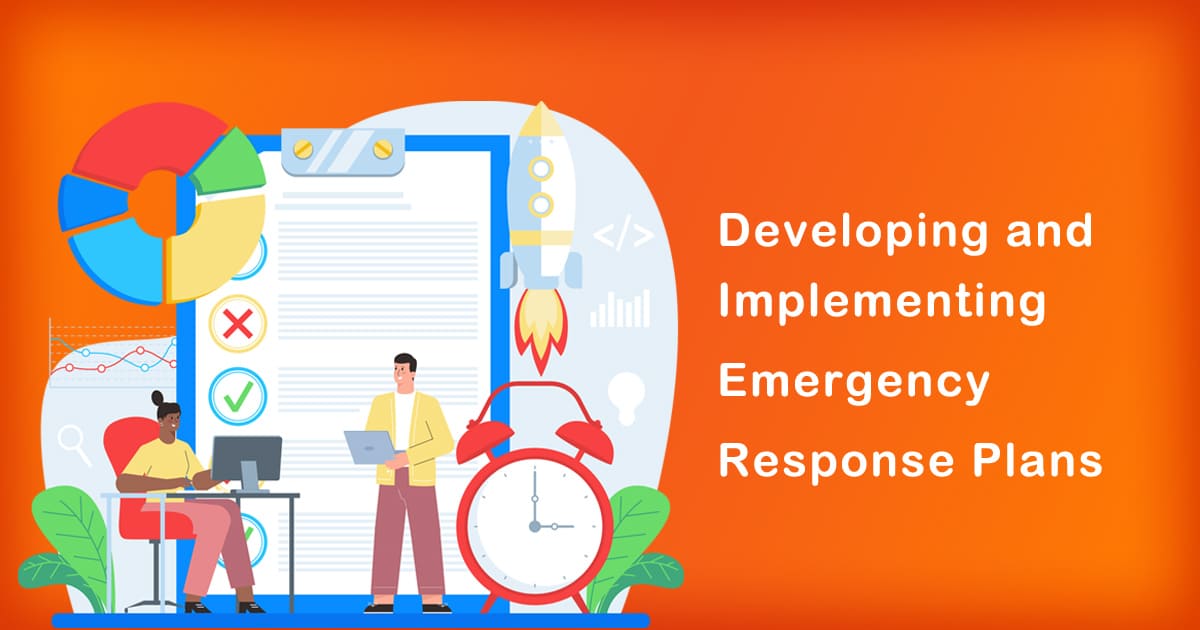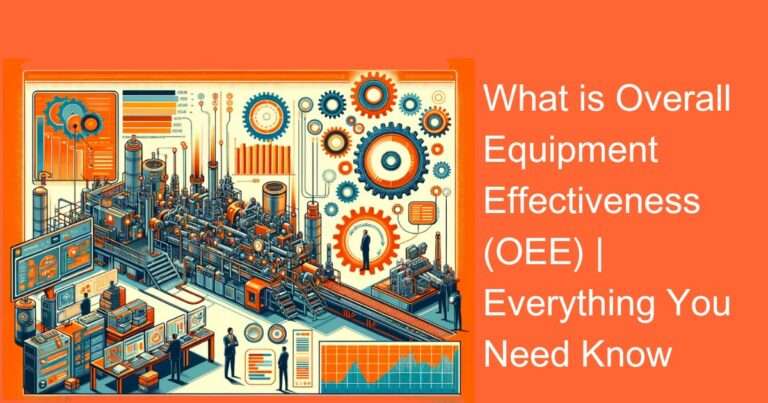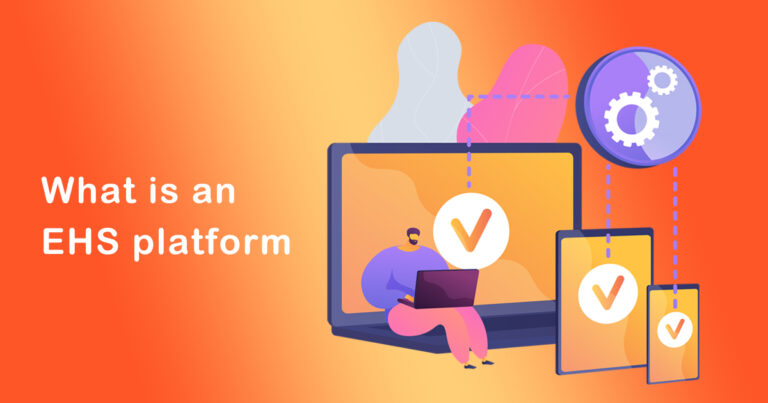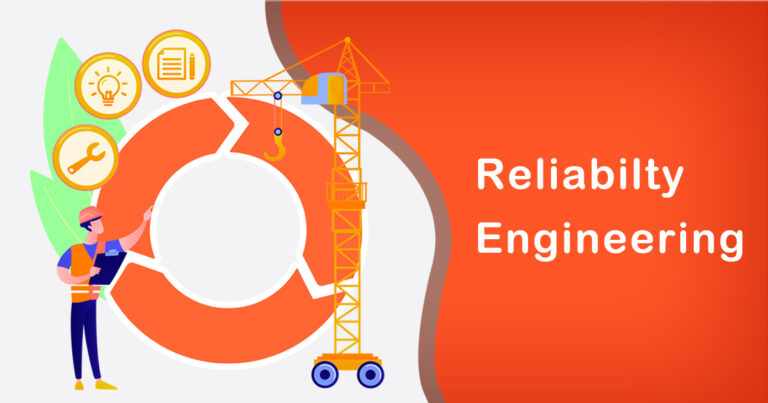Introduction:
India is a country that is prone to various natural disasters such as earthquakes, floods, cyclones, and landslides. In addition to these natural disasters, the country also faces the threat of terrorist attacks and other man-made disasters. Therefore, it is imperative that India has a robust emergency response plan in place that can effectively mitigate the impact of these disasters. This article will discuss some of the best practices for developing and implementing emergency response plans in India.
Assessing the Risks:
The first step in developing an effective emergency response plan is to assess the risks that are present in the region. In India, some of the most common natural disasters are earthquakes, floods, and cyclones. However, different regions of India are prone to different types of natural disasters. For example, the northeastern states are prone to landslides, while the coastal states are vulnerable to cyclones and tsunamis.
It is important to conduct a thorough risk assessment to determine the likelihood and potential impact of these disasters. This information can be used to develop effective emergency response plans that are tailored to the specific needs of each region.
Building Capacity:
The next step is to build the capacity of emergency response agencies and first responders. This involves training them in emergency response procedures, equipping them with the necessary tools and resources, and establishing communication channels between different response agencies.
In India, the National Disaster Management Authority (NDMA) is responsible for coordinating disaster management efforts across the country. The NDMA has developed a National Disaster Management Plan that outlines the roles and responsibilities of different agencies and stakeholders in disaster management. In addition, the NDMA conducts regular training and capacity building programs for first responders and emergency response agencies.
Creating Awareness:
Creating awareness among the general public is also an important aspect of emergency response planning. People need to be educated about the risks they face and how they can protect themselves and their families during a disaster.
In India, the government conducts regular awareness campaigns through various media channels such as television, radio, and social media. These campaigns educate people on disaster preparedness, evacuation procedures, and first aid. The government also works with schools and colleges to ensure that students are educated on these topics from a young age.
Collaboration:
Effective emergency response planning requires collaboration between different agencies and stakeholders. In India, the NDMA works closely with state governments, local authorities, NGOs, and international organizations to coordinate disaster management efforts.
In addition, there are several public-private partnerships that have been established to support disaster management initiatives. For example, the Corporate Social Responsibility (CSR) initiatives of several companies in India focus on disaster relief and rehabilitation.
Investing in Technology:
Investing in technology can also enhance the effectiveness of emergency response plans. In India, the government has launched several initiatives to leverage technology for disaster management. For example, the NDMA has developed a mobile app called “NDMA India” that provides real-time information on disasters and emergency situations.
In addition, the government has set up a National Emergency Response System (NERS) that uses GPS technology to track emergency vehicles and personnel. The NERS also has a dedicated emergency number (112) that can be used to report emergencies.
Conclusion:
India is a country that is vulnerable to various natural and man-made disasters. Developing and implementing effective emergency response plans is essential to mitigate the impact of these disasters. The best practices discussed in this article, including risk assessment, capacity building, creating awareness, collaboration, and investing in technology, can help India prepare for any emergency situation. By following these best practices, India can ensure that it is ready for anything that comes its way.








